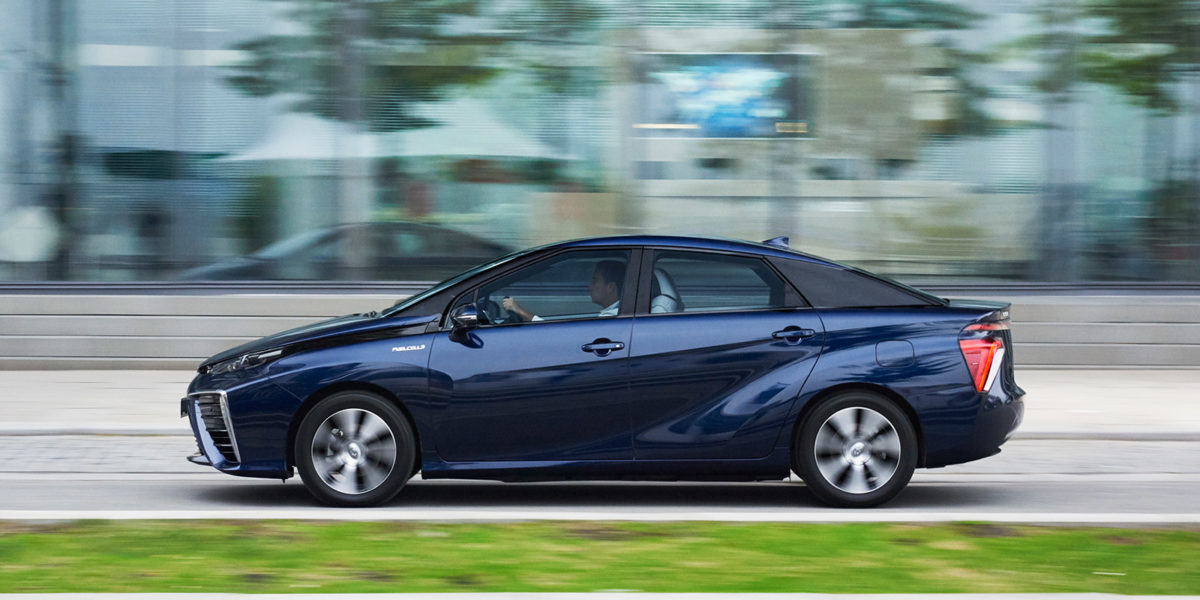“The motor industry should stop fiddling about with its pointless batteries and its hybrid-drive systems and get on the only road where there is actually a future for personal mobility. The hydrogen road.”
Surprisingly this was said by none other than Jeremy Clarkson. So why is he putting all his eggs in the hydrogen basket rather than electric?
Unlike batteries, hydrogen cars are quick to refuel, which removes range anxiety issues, and the only emission is water. It sounds great, but there are still some quite sizeable snags that need to be navigated. With current technology most hydrogen is created using fossil fuels, it is difficult to transport and store, and there is very little hydrogen infrastructure in place to refuel your car from.
Despite the bumps in the road, brands are starting to make the hydrogen move. In January 2017 Toyota along with 13 other companies including Daimler, Honda, Shell and Total announced the Hydrogen Council. The council’s aim is to develop solutions that will place hydrogen as a legitimate alternative to fossil fuels.
Perhaps at this point we should cast back to the brands that charted the course for electric and hybrid cars. Tesla’s mission was to accelerate the advent of sustainable transport. They created iconic, powerful and expensive cars that people could aspire to own for more than the green sustainability card. If I were to buy a premium car now, forget Porsche, I would head to a Tesla store. Tesla is now hoping that they can start trickling down into the mass market.
Toyota had the same aim, but with a very different strategy of how to achieve it. The Prius was designed from the start to be ordinary. Toyota wanted to build a car that was efficient, safe, simple and could go straight into the mass market. They believed the fastest way for hybrids to spread was to work from the bottom up.
Both brand’s strategies worked, and both caused shockwaves in the auto market.
Now Toyota wants to disrupt the market again, this time with the Mirai hydrogen powered car. The first generation Mirai was really just a statement of their new mission. Proof that it was coming. If Toyota can find their way around the hydrogen road blocks, Mirai could become a staple of our streets just as Prius’ are now.
In the words of the Mirai’s chief engineer, ‘To start the hydrogen society, we needed to sell an ordinary passenger car’. Disruption can come in many shapes and forms. While Tesla aims for the extraordinary, Toyota aims for the ultra-ordinary.


